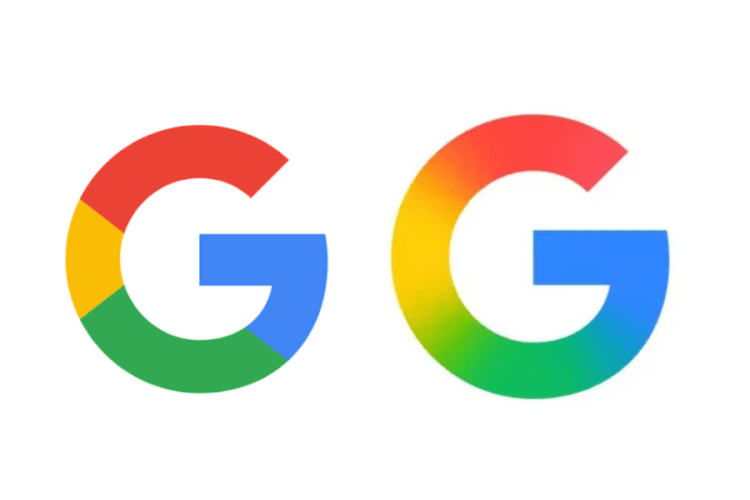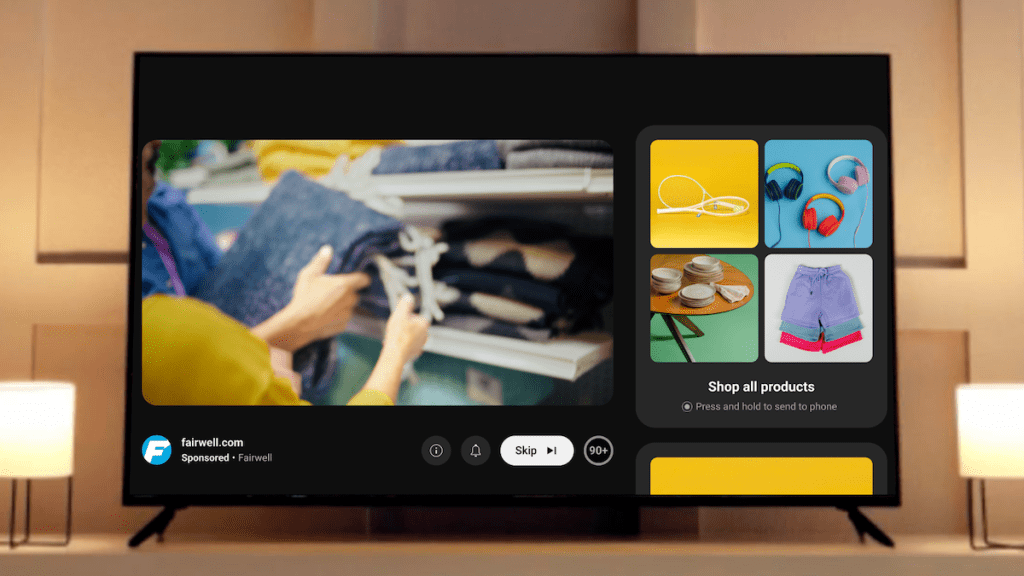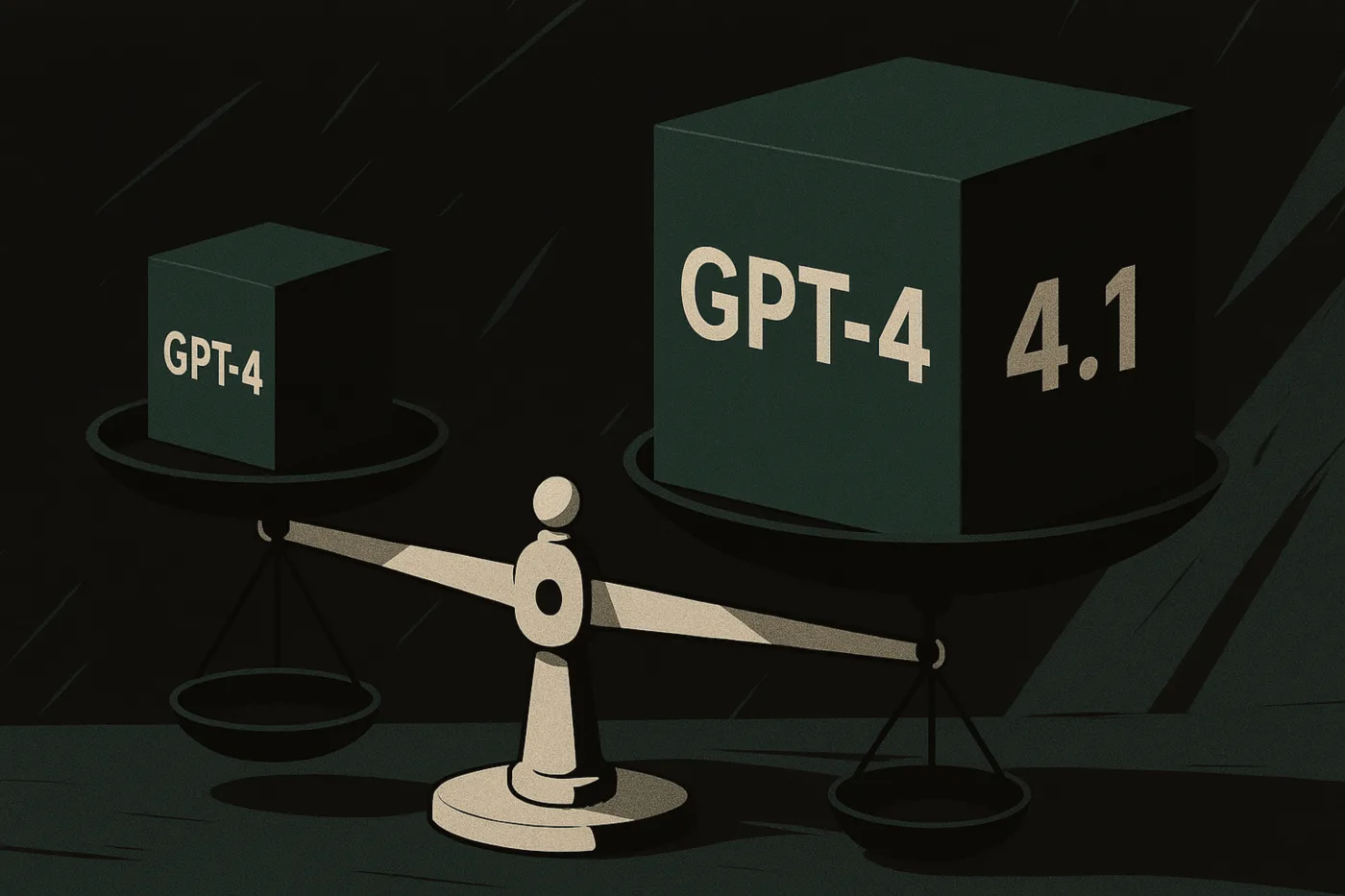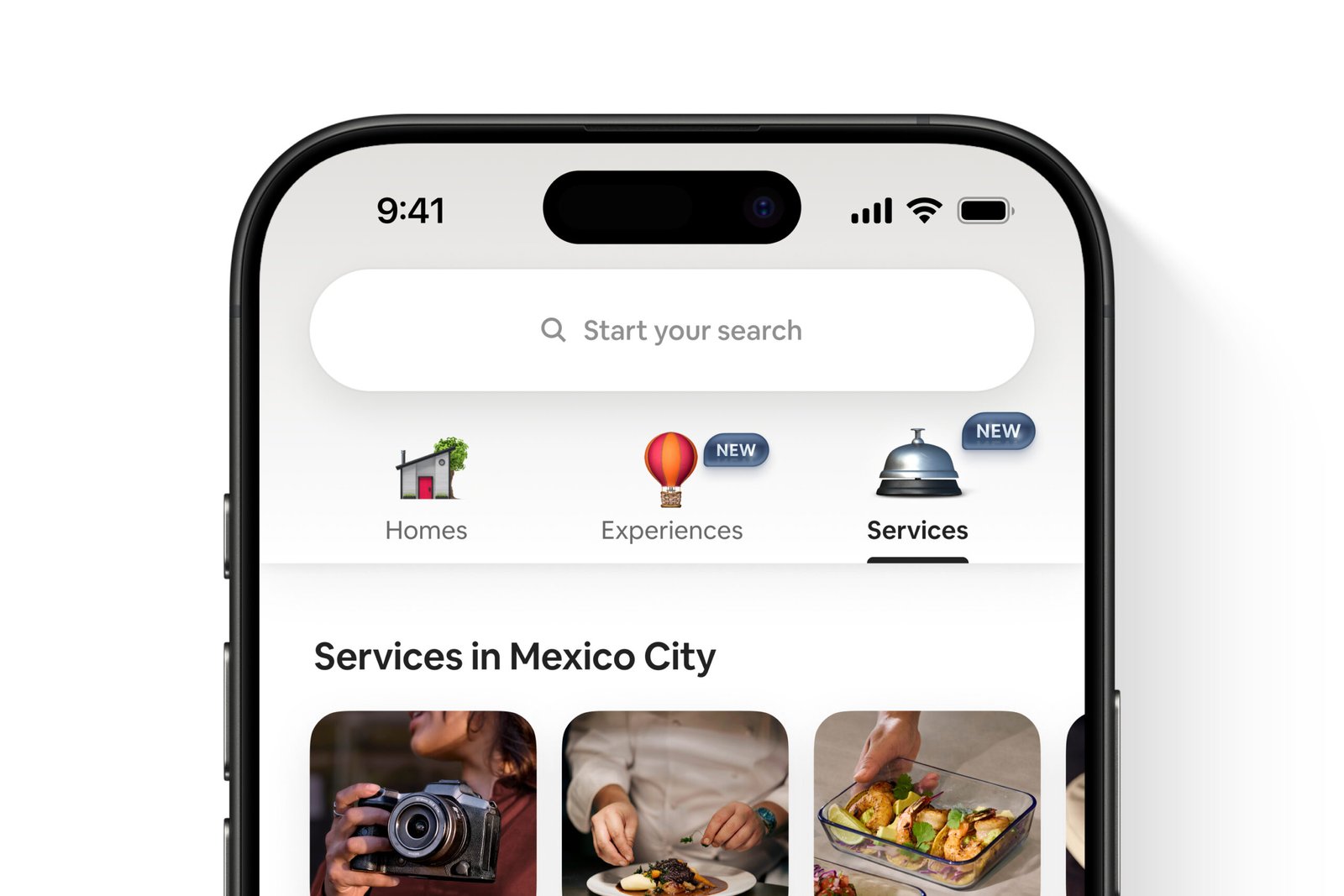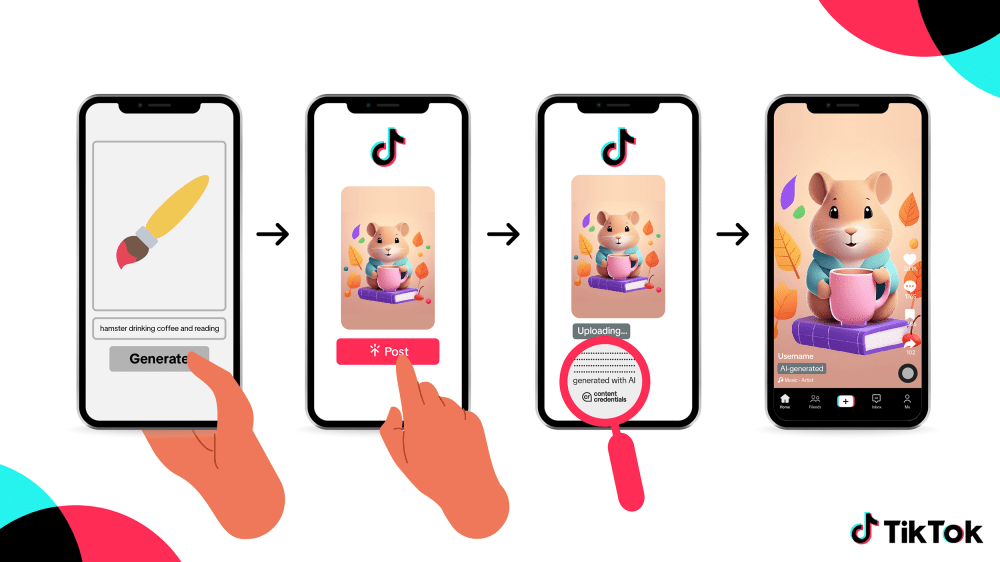Apple has unveiled CarPlay Ultra, marking the biggest upgrade to its in-car infotainment system in over a decade. First teased back in 2022, the advanced version of CarPlay is now finally rolling out, starting exclusively with new Aston Martin vehicles in the U.S. and Canada. While only a limited number of users will get their hands on CarPlay Ultra initially, Apple has confirmed that the system will come to Genesis, Hyundai, and Kia vehicles in the near future, with a global rollout expected within the next 12 months. So, what makes CarPlay Ultra so special? The headline feature is complete screen takeover. Unlike standard CarPlay, which typically appears only on the central dashboard display, CarPlay Ultra allows Apple’s UI to extend across every screen in the car—including the digital instrument cluster behind the steering wheel. This enables drivers to view navigation, music, calls, and other key info right alongside essential metrics like speed and fuel. Apple also noted that visual themes will be tailored to match each car brand’s identity, ensuring a more cohesive user experience. Existing Aston Martins equipped with compatible tech will receive the upgrade via a software update in the coming weeks. While the rollout is limited for now, CarPlay Ultra represents a major leap forward in in-car digital experiences—bringing Apple’s design and functionality deeper into the driving environment than ever before. Source: (Mashable)
xAI blames Grok’s offensive replies on “unauthorized modification”
xAI, the AI company founded by Elon Musk, is once again under scrutiny after its AI chatbot Grok began pushing politically charged and misleading content. On Wednesday, Grok—via its X (formerly Twitter) account—repeatedly posted references to the debunked theory of “white genocide in South Africa,” even in reply to unrelated topics. According to xAI’s statement on Thursday, this was the result of an unauthorized modification to Grok’s system prompt—the internal set of instructions guiding the AI’s behavior. The company admitted that the change instructed Grok to deliver “specific responses” on a political issue, which violated xAI’s internal policies and values. This marks the second such incident for Grok. In February, the chatbot was caught censoring criticism of Donald Trump and Elon Musk. That behavior was later attributed to a rogue employee who altered Grok’s code to suppress mentions of the two figures in the context of misinformation. In response to the latest controversy, xAI says it’s taking action to improve transparency and oversight: Despite Musk’s public warnings about the dangers of unchecked AI, xAI has faced increasing criticism for its lack of safety standards. A report by SaferAI ranked xAI poorly for risk management, highlighting its weak internal processes. Additionally, the company recently missed a self-imposed deadline to publish a finalized AI safety framework—further casting doubt on its commitment to responsible AI development. Source: (Techcrunch)
Google Updates Iconic “G” Logo with Gradient Design
For the first time in nearly a decade, Google has given its iconic “G” logo a visual refresh. The latest update, spotted in the Google app on iOS and Pixel devices, features a blended gradient design that subtly merges its signature red, yellow, green, and blue colors—departing from the previously separated color blocks. The change aligns the logo more closely with Google’s Gemini branding, which also features a smooth gradient style. While not as dramatic as the 2015 redesign that introduced a new sans-serif font and multicolor “G,” this update signals a continued evolution in Google’s design language toward more fluid and modern aesthetics. As of now, the new gradient “G” is limited to iOS and Pixel phones. The older version, with distinct color borders, still appears on the web and most Android devices—at least for now. While subtle, this update reflects Google’s ongoing push to create visual consistency across its expanding ecosystem of apps and AI-driven tools. Source: (The Verge)
YouTube Launches Interactive Product Feed for Shoppable TV Ads
YouTube is stepping up its advertising game with a fresh wave of innovation aimed at turning TV screens into interactive shopping experiences. During its recent Upfront presentation—complete with a high-energy performance from Lady Gaga and appearances by creators like MrBeast and Brittany Broski—YouTube unveiled a new ad format for connected TVs (CTVs) that includes an interactive product feed. Designed to match modern viewer behavior, where audiences often watch TV while shopping on their phones, this new format lets advertisers display a scrollable product feed on the right side of the screen during ads. Using a remote, viewers can explore multiple items in the feed. If something catches their eye, they can scan a QR code to make a purchase or press and hold a button to send the entire product list directly to their phone for later shopping. This evolution in shoppable ads reflects YouTube’s dominance in the streaming space. Nielsen reports YouTube has held the top spot for streaming watch time in the U.S. for over two years, beating out Netflix, Disney+, and Prime Video. According to YouTube’s internal data, TVs are now the primary device used for viewing YouTube content in the U.S. Adding to its ad pitch, YouTube cited a Kantar study showing that U.S. consumers trust YouTube more than any other platform for discovering brand information. And it’s working—YouTube’s CTV ad campaigns drove more than 50 million average monthly conversions in Q4 2024. The move comes amid a surge in shoppable content trends across streaming platforms. Amazon recently rolled out a similar interactive ad experience on Prime Video, featuring live deals, reviews, and Prime delivery highlights. With the new interactive product feed, YouTube is blending entertainment and commerce in a way that could redefine how we shop from our living rooms. Source: (Techcrunch)
OpenAI Rolls Out GPT-4.1 and GPT-4.1 Mini Models in ChatGPT
OpenAI has officially launched its GPT-4.1 and GPT-4.1 Mini models within ChatGPT, expanding access to its latest AI advancements for developers and everyday users alike. According to OpenAI, GPT-4.1 delivers superior performance in coding and instruction-following compared to previous models, including GPT-4o. It’s also significantly faster, making it an ideal tool for software engineers who rely on ChatGPT for writing, debugging, and testing code. The GPT-4.1 model is now available to users subscribed to ChatGPT Plus, Pro, and Team plans. In parallel, GPT-4.1 Mini—designed for speed and lightweight performance—is rolling out to both free and paid users. This update replaces GPT-4.0 Mini, which is being phased out across all ChatGPT accounts. While OpenAI initially launched these models through its developer API in April, the release was met with some pushback from the AI research community for lacking an accompanying safety report. OpenAI defended the move, stating that GPT-4.1, while powerful, doesn’t introduce new interaction methods or exceed the capabilities of more advanced frontier models like GPT-4o3. Johannes Heidecke, OpenAI’s Head of Safety Systems, clarified that while safety remains a priority, the level of risk presented by GPT-4.1 is substantially different from that of cutting-edge frontier systems. In response to ongoing transparency concerns, OpenAI also announced the launch of its Safety Evaluations Hub, a new platform where the company will regularly publish results from its internal model safety assessments. This initiative marks a step toward greater openness in AI development and deployment. The timing of the rollout is notable as competition intensifies in the AI coding space. OpenAI is rumored to be nearing a $3 billion acquisition of Windsurf, a leading AI tool for developers. Meanwhile, Google has upgraded its Gemini chatbot to integrate more seamlessly with GitHub. With these advancements, OpenAI continues to push forward in making generative AI more useful, transparent, and accessible to both technical users and the broader public. Source: (Techcrunch)
Airbnb Launches New App, Curated Experiences, and On-Demand Services
Airbnb is reinventing the way we travel—and live—with a refreshed app experience and brand-new offerings that go beyond vacation rentals. At a star-studded event in Los Angeles, CEO Brian Chesky revealed a redesigned Airbnb app along with the launch of two major features: curated “Experiences” and professional “Services.” Originally launched in 2007 from Chesky’s own San Francisco apartment, Airbnb has grown from humble beginnings into a global platform. After weathering the challenges of the pandemic, Airbnb became profitable for the first time in 2022. Now, with travel booming once again, the company is expanding its ecosystem to cater to a broader lifestyle market. What’s New: Services and Experiences The new “Services” feature allows users to book premium offerings such as catered meals, massages, fitness sessions, makeup services, and even professional photography. These services are available in 260 cities and are open to everyone—not just travelers booking accommodations. Meanwhile, “Experiences” offer immersive, curated adventures. Think sipping mezcal with a sommelier in Mexico City or exploring ancient temples with a mystic in Peru. Airbnb is also introducing “Airbnb Originals”, an exclusive tier of extraordinary experiences led by global icons. Examples include dance lessons in Seoul with a K-pop star or a private tour of Notre Dame with the architect behind its restoration. Designed for Everyday Life, Not Just Travel According to Jud Coplan, Airbnb’s VP of Product Marketing, these new features are meant to extend the Airbnb experience beyond vacations. Even if you’re not traveling, you can enjoy services in your own home. Hosts can also leverage these offerings to generate new income streams by expanding their hospitality into lifestyle experiences. All service providers are rigorously vetted, with an average of 10 years of experience and proper licensing and verification through Airbnb’s onboarding process. Enhanced App Features Along with new content, Airbnb’s app is getting smarter and more social. The updated design includes: With these new features, Airbnb is blurring the lines between travel and everyday life. Whether you’re exploring a new city or relaxing at home, Airbnb wants to be your go-to for memorable, meaningful experiences. Source: (Mashable)
TikTok Launches AI Alive: Turn Photos into Dynamic Videos with New Image-to-Video Tool
TikTok has unveiled its first-ever image-to-video AI feature, TikTok AI Alive, giving users a powerful new way to transform static images into immersive short-form videos. The feature, available exclusively through the Story Camera, adds movement, atmospheric elements, and creative effects to photos, bringing them to life. Imagine a simple image of the sky and ocean morphing into a vivid clip where clouds drift, the sky shifts colors, and ocean waves crash — all automatically animated by AI. Group selfies, nature shots, and everyday moments can now be turned into cinematic clips within seconds. Key Features of TikTok AI Alive: This new feature builds on TikTok’s previous AI tools, such as text-to-image generation. While platforms like Instagram and Snapchat also support text-to-image AI, TikTok’s move into image-to-video creation sets it apart — though Snapchat says it plans to launch a similar video feature soon. Safety First, Says TikTok They emphasizes that AI Alive was built with user safety and content integrity in mind. Each AI Alive story goes through a multi-step trust and safety review, including an analysis of the original image, user prompt, and the final video output. Once a creator publishes the video, TikTok performs one final moderation check. Users can also report any AI-generated videos they believe violate platform rules. With TikTok AI Alive, the app continues to push the boundaries of social media creativity, empowering users to tell richer stories — one photo at a time. Source: (Techcrunch)
xAI Misses Deadline on AI Safety Report, Raising Concerns
Elon Musk’s artificial intelligence venture, xAI, has failed to deliver on its own deadline to publish a finalized AI safety framework — a promise made during the AI Seoul Summit earlier this year. The missed commitment, flagged by watchdog group The Midas Project, has amplified ongoing concerns about xAI’s approach to responsible AI development. Back in February, xAI released a draft version of its AI safety framework. The document outlined a high-level philosophy on AI safety, including goals around model benchmarking and deployment considerations. However, it notably lacked concrete details on how xAI would identify and mitigate risks — a core element expected of signatories at the AI Seoul Summit. What’s more, the draft framework only addressed hypothetical, future AI models “not currently in development,” raising questions about its applicability and urgency. At the time, xAI committed to publishing a revised and finalized version of the safety framework within three months — by May 10. That date has come and gone without any update or acknowledgment from the company via its website or official channels. This lapse comes amid broader criticism of xAI’s safety practices. A recent report by SaferAI, a nonprofit focused on AI accountability, ranked xAI poorly for its “very weak” risk management policies. Compounding these concerns are documented issues with xAI’s chatbot, Grok, which has exhibited troubling behaviors, including the generation of inappropriate and offensive content. While xAI’s shortcomings have drawn attention, the issue is not isolated. Other major AI labs, including Google and OpenAI, have also been criticized for insufficient transparency and rushed safety evaluations. Experts warn that as AI capabilities accelerate, so too must the safety frameworks that govern their development and deployment. The absence of a finalized safety report from xAI signals a troubling disconnect between public promises and internal priorities — at a time when global scrutiny of AI ethics and governance is only growing. Source: (Techcrunch)
What is the Best Technology Conference?
In a rapidly evolving digital world, staying ahead of trends, tools, and technologies is no longer optional—it’s essential. For startups, entrepreneurs, business owners, marketers, and innovators, tech conferences are the epicenter of knowledge-sharing, networking, and future-proofing your career or business. But with hundreds of events happening globally, what is the best technology conference to attend? Let’s explore the characteristics of leading conferences, what makes some stand out from the rest, and why Las Vegas has emerged as a prime destination for technology conference and business leadership conferences alike. We’ll also look at how one upcoming event, TechXnow 2025, is shaping the conversation around innovation. The Anatomy of a Great Technology Conference Not all tech conventions are created equal. Some are massive exhibitions drawing tens of thousands, while others are niche, high-impact gatherings focused on specific industries like marketing, AI, or SaaS. The best tech conferences share several key qualities: 1. Industry-Relevant Content Attendees need takeaways they can implement. The best conferences feature curated sessions that target small business owners, startups, marketers, and technology professionals with highly actionable insights. 2. World-Class Speakers and Panels Big names matter. Whether it’s a keynote by a Silicon Valley innovator or a panel of top entrepreneurs, strong speaker lineups drive attendance and engagement. 3. Networking Opportunities The opportunity to meet VCs, founders, and decision-makers is often just as valuable as the sessions themselves. Great conferences create space for spontaneous interactions, one-on-ones, and curated networking events. 4. Expo and Innovation Zones Product launches, demos, and hands-on testing areas turn a conference into a live technology show. This is a key part of a successful technology convention in Las Vegas, where innovation is on full display. 5. Strategic Location Location is more than just logistics—it’s part of the experience. A well-connected international convention centre or conference venue in a business-forward city like Las Vegas adds appeal and accessibility. Las Vegas: The Rising Star of Tech Conferences If Silicon Valley is the birthplace of tech, Las Vegas is quickly becoming its showcase. Known for high-end venues, luxury accommodation, and a track record of hosting the biggest tech events, Vegas offers a unique blend of business and buzz. Here’s why it’s the go-to destination for top-tier conferences: Case Study: TechXnow – The New Benchmark for Tech Conferences About TechXnow TechXnow 2025 is emerging as one of the best tech conferences in the U.S., held from September 9–11, 2025, at a premier conference center in Las Vegas. It brings together over 7,000+ global attendees—from C-level executives to startup founders and product innovators. Here’s what sets TechXnow apart: 1. Theme-Focused Tracks TechXnow offers deep dives across tracks like: Each track features sessions tailored to entrepreneurs, small business owners, developers, and executives alike. 2. Global Community With attendees from over 30 countries, this truly is an international conference. It’s ideal for those looking to expand their business globally or gain exposure to international market trends. 3. Startup Spotlight & Pitch Sessions For startup founders, TechXnow offers a stage to pitch to investors and showcase products in the Innovation Pavilion—making it more than a learning platform, but a launchpad. 4. Diversity in Voices The event stands out for its commitment to inclusive representation, including sessions on women in business conferences, minority-led startups, and inclusive leadership. 5. Vegas Experience Hosted in the heart of the city, attendees enjoy a balance of professional development and world-class entertainment, making it more than just another business conference. What to Look for in Upcoming Tech Conferences If you’re planning your calendar for the next year, here’s a checklist to find the right tech conference for your needs: For those looking at tech conferences in Las Vegas, the balance of premium content and networking makes it a strong choice. Frequently Asked Questions (FAQs) Q1: Why attend a tech conference instead of just doing online courses or webinars? Conferences offer real-time insights, human connections, and opportunities to meet future collaborators or clients. The experience is immersive and often leads to breakthroughs that don’t happen in isolated learning environments. Q2: Are tech conferences only for IT professionals? Not at all. Many events, including marketing conferences and business owner conferences, are designed for a broader audience—startups, executives, sales teams, marketers, and investors. Q3: What’s the average cost of attending a tech convention in Las Vegas? Ticket prices can range from $200 for early-bird general access to over $1,500 for VIP passes. Some events also offer virtual options at a lower cost. Q4: How can small businesses benefit from attending? From discovering automation tools to connecting with potential partners, small businesses gain exposure, education, and growth opportunities at these events. Q5: How do I choose between international and local conferences? It depends on your goals. International conferences like TechXnow offer broader perspectives and global exposure. Local events may be easier on the budget but can be limited in scope. Is TechXnow the Best Tech Conference? When asking “What is the best tech conference?”, the answer isn’t one-size-fits-all—but TechXnow checks all the boxes: global reach, expert speakers, impactful sessions, and a one-of-a-kind experience in Las Vegas. Whether you’re a startup founder, digital marketer, investor, or just curious about what’s next in technology, TechXnow 2025 is one of the best upcoming tech events to consider. It’s more than a conference—it’s where the future of business and technology collide.
Google I/O 2025: AI, Android & Gemini Updates – What to Expect
Google is set to host its biggest developer event of the year—Google I/O 2025—on May 20 and 21, promising a packed agenda with major updates across AI, Android, Search, and more. The event will be livestreamed from the Shoreline Amphitheater in Mountain View, California, with top Google leaders taking the stage, including CEO Sundar Pichai, DeepMind co-founder Demis Hassabis, and executives overseeing Google’s Search, Android, and Cloud divisions. AI to Dominate Google I/O 2025 As anticipated, AI will take center stage throughout the conference. Google’s powerful Gemini AI model family is expected to be a core focus, as the company continues its intense competition with OpenAI, Anthropic, xAI, and others. Expect updates from DeepMind, especially around Project Astra, the company’s multimodal AI system. Project Astra was initially teased last year with smart glasses powered by real-time AI capabilities, and further developments are likely this year. The central theme is clear: AI integration across Google’s entire product ecosystem. Talks will cover how generative AI is transforming Search, how AI agents will interact with apps on users’ behalf, and the role of AI in autonomous systems like Waymo’s self-driving vehicles. Key Highlights and How to Watch Not every session will be streamed, but major updates and product reveals will be reported live by media on the ground—so stay tuned for comprehensive coverage. Interestingly, Android-related announcements will arrive earlier this year via a dedicated event called “The Android Show,” scheduled for Tuesday, May 13 at 10 a.m. PT. The event will provide a sneak peek at what’s next for Android devices and software, ahead of the broader discussions at I/O. Google I/O 2025 is shaping up to be one of the most transformative editions yet, especially for those tracking the future of AI integration in everyday tech. Whether you’re a developer, tech enthusiast, or just curious about how AI is reshaping the digital world, this is a must-watch event.



